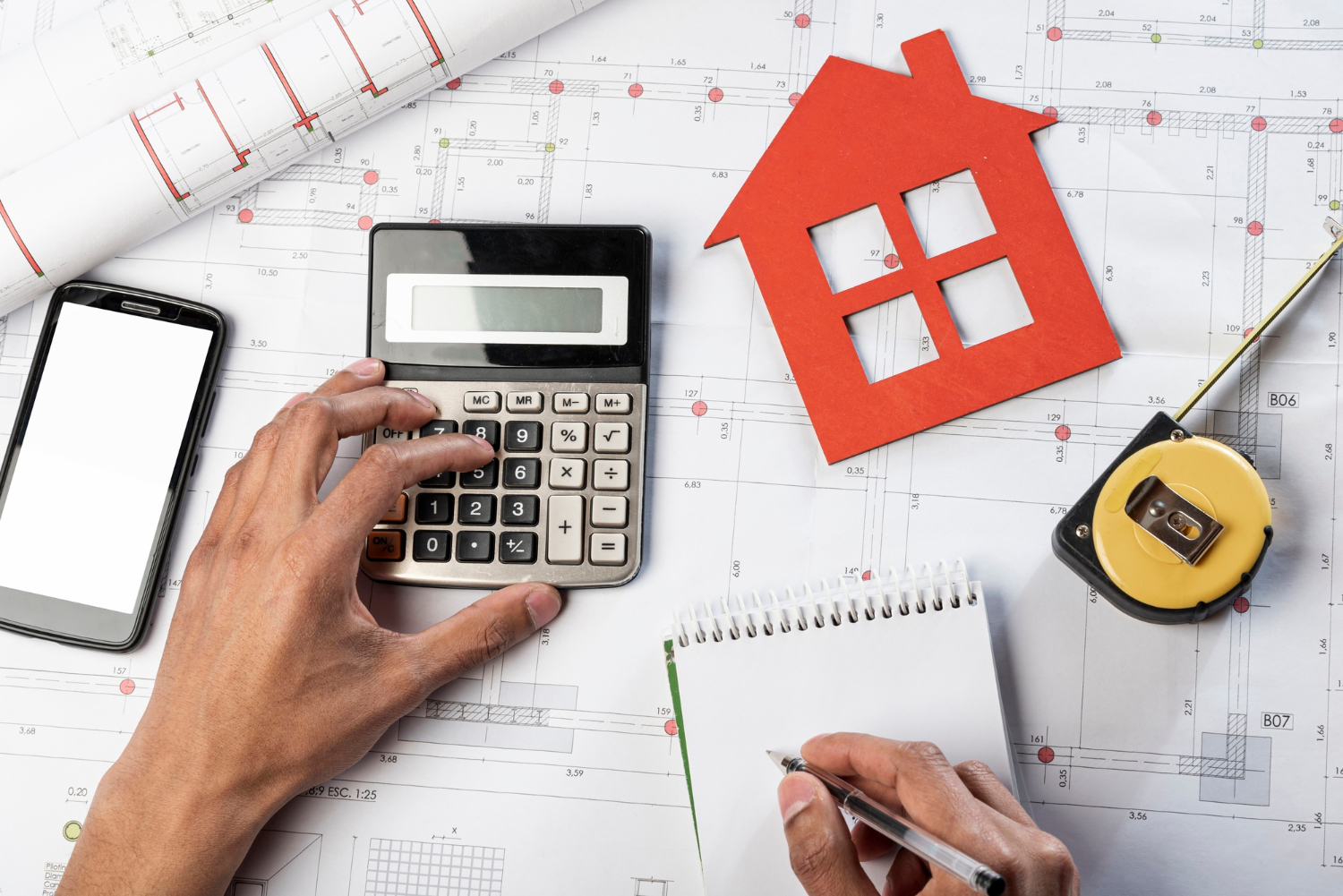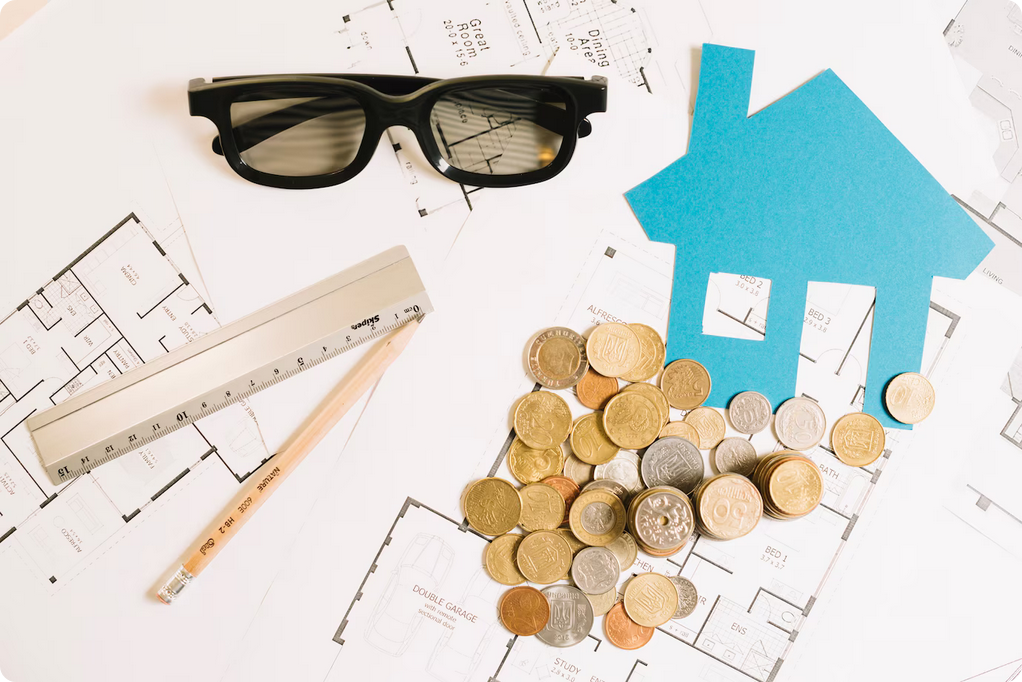Bathroom Drywall: Types, Perks and Downsides You Need To Know

Drywall was first discovered and used by America. Before that, the partitions in bathrooms were made of lath, stone, plaster, wood, mud, and concrete.
In some cases, various materials are made to cater to different bathroom combination layouts. However, with drywall coming to the picture, things changed, so did the design trends. Today, drywall is widely used in both commercial and residential bathrooms.
What Is Drywall?
Drywall is defined by various other names too, i.e., sheetrock, plasterboard, wallboard, custard board, gypsum board, buster board, and gypsum panels. In comparison to the plaster and lath board installation process, drywall is more convenient to use and install. Naturally permeable, sturdy, and lightweight, drywall is easy to use and much cheaper than conventional bathroom partition materials.
Commonly used for bathroom walls and ceilings, drywalls can ensure you greater advantages and more durability when mixed with foam or plasticizers. Because drywalls are more prone to mold and fungus growth, mixing the organic drywall with plasticizer or foam makes it more water-resistant and less flammable. It also lessens the risk of fungus and mildew development to a significant level.
Drywall Types
Drywall comes in a range of types and those variants are segregated by their viscosity. Also, the additives used in drywall formulation, colors of the outer coating, and their functionality play major roles in differentiating the drywalls. The most popular types of drywalls that are mostly used in residential bathrooms are:
- Blueboard
- Cement Board
- Enviro-Board Drywall
- Greenboard
- Paperless Sheetrock Drywall
- Purple Drywall
- Soundboard Drywall
- Soundproof Drywall
- Type X & Type C Boards
- Whiteboard
Among all these drywall variants, the most suitable ones for your bathroom are cement, purple, blue, green, and paperless sheetrock drywalls. Because they are highly resistant to mold and mildew, you can use them for creating the partitions in your bath spaces. However, you need to be careful because these boards are not completely waterproof. You still gonna need an additional coating of the seal behind the tiles to make the space completely water-resistant.
Drywall Benefits
- Drywall is a low-priced and economical choice for every bathroom wall.
- It is DIY-friendly and can easily be installed without any professional help.
- Drywall is highly fire-resistant and can enhance the safety aspects of any space.
- It is easy to handle and can be resized easily to meet various space requirements.
- Drywall sheetrock is easier and less expensive to replace or repair or replace in case of any damage.
Drawbacks Of Drywall
- Drywalls – irrespective of their types are not fully water-resistant. Thus, there is always a risk of moisture getting into sheetrock.
- It is not completely eco-friendly. If you’re constructing your bathroom from any environmental standpoint, drywall installation is not a great choice.
- Without any plaster mix, drywalls can be extremely prone to damages like shacks, dented corners, adhesive tape coming off, and fractured joints.
- The look and functionality of drywall in the bathroom are more utilitarian and less eye-catching.
What type of Drywall is Used in Bathrooms?
Bathrooms, with their unique combination of moisture and frequent temperature fluctuations, pose challenges when it comes to construction and renovation. One of the primary concerns is the type of drywall to use. Unlike other rooms in your house, bathrooms require specific drywall types to prevent mold growth and water damage.
1. Regular Drywall vs. Greenboard
Regular Drywall, often referred to as whiteboard, is the standard wallboard used throughout most homes. However, it’s not suitable for high moisture environments like bathrooms.
On the other hand, Greenboard has been the best choice for bathroom walls and ceilings. It’s similar to regular drywall but has a water-resistant green covering. This makes it better suited for damp areas compared to regular drywall. However, it’s crucial to understand that while greenboard resists moisture, it isn’t entirely waterproof.
2. Cement Backer Board: The Sturdy Option
For areas that will have direct water contact, such as shower walls, Cement Backer Board is often the go-to choice. Made of reinforced concrete with a glass fiber mesh on both sides, this material is designed to serve as a substrate for tile. It won’t degrade or deteriorate when exposed to water, making it ideal for wet environments. However, it’s worth noting that while this board resists water, it doesn’t prevent water vapor transmission, so a vapor barrier behind it can be beneficial.
3. Purple Board: The New Player
Recently, another drywall type known as Purple Board has been gaining popularity for bathroom use. It’s similar to greenboard but offers superior moisture and mold resistance. The distinct purple color makes it easy to identify. Purple board is a step up in terms of protection compared to greenboard, making it an excellent choice for bathrooms.
4. Consider the Finish
No matter which drywall type you opt for, the finish is vital. Always ensure that you apply a primer specifically designed for high-moisture areas, followed by a good-quality paint that offers mold and mildew resistance.
5. Waterproofing and Vapor Barriers
While choosing the right drywall is a step in the right direction, for ultimate protection, consider additional waterproofing measures. Vapor barriers, for instance, can prevent moisture from infiltrating the walls, while waterproofing membranes can offer an extra layer of protection in wet areas.
Summary
In summary, for bathroom walls outside of direct shower or tub areas, you can use moisture-resistant greenboard drywall. However, for shower or tub surrounds and areas with direct water exposure, cement backer board is the preferred choice as it offers superior moisture resistance and is designed for tile installations. Always follow local building codes and manufacturer recommendations when selecting and installing drywall in a bathroom to ensure proper moisture protection.




